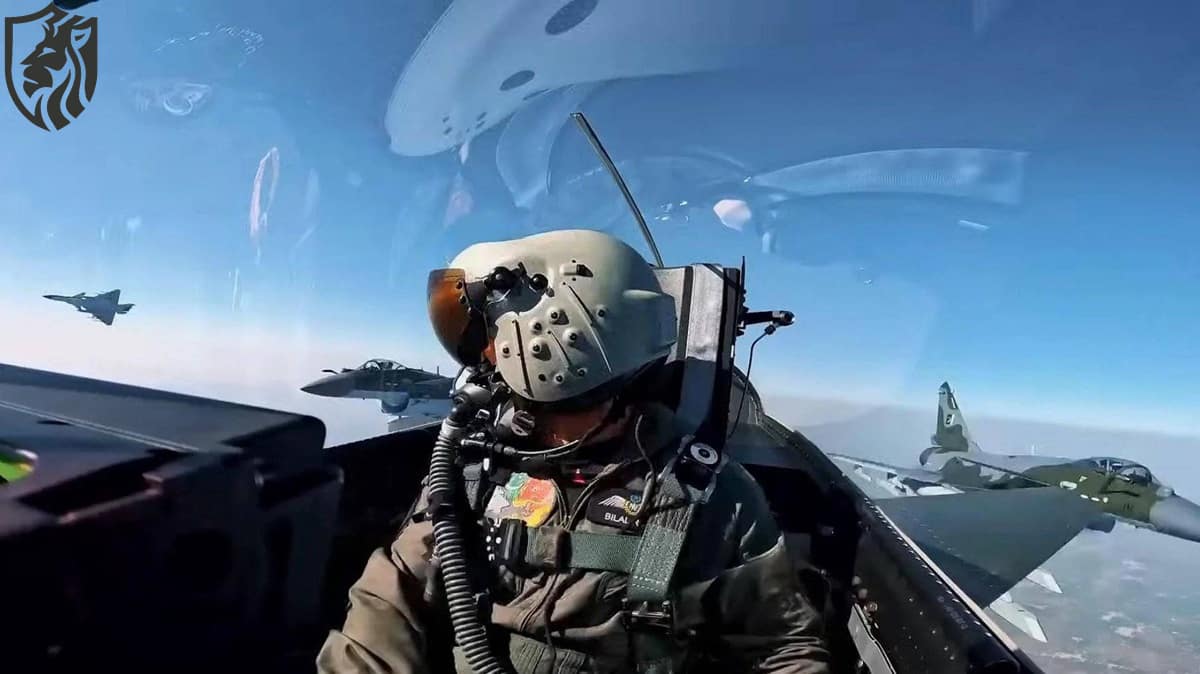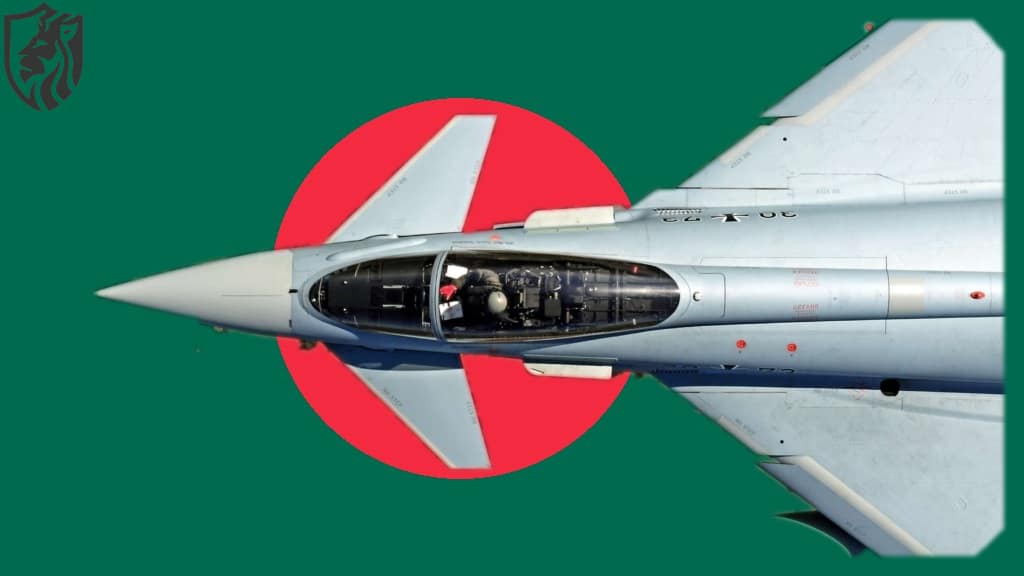
India quits Tajikistan’s Ayni airbase
Overview
India pulls out of Tajikistan’s Ayni airbase after two decades, but not simply because a lease lapsed. New Delhi says the handover followed the expiry of a bilateral arrangement concluded in 2022, a point the MEA reiterated on 30–31 October 2025. Nevertheless, India pulls out of Tajikistan’s Ayni airbase amid shifting regional power balances that narrowed the political space for renewal.
Why Dushanbe’s alignment changed
India pulls out of Tajikistan’s Ayni airbase as China’s security role in Tajikistan expands from police training to a physical footprint near the Afghan frontier. Beijing established a Ministry of Public Security facility in the Pamirs around 2016, signalling a longer-term, on-the-ground presence tied to counter-terrorism along the Wakhan approach. Moreover, Tajik authorities previously approved additional Chinese-funded infrastructure close to Afghanistan, reinforcing this tilt.
Dushanbe and Islamabad
Simultaneously, Dushanbe is strengthening its ties with Islamabad. In 2025, Pakistan and Tajikistan publicly resolved to “elevate” strategic cooperation and to expand collaboration in trade, connectivity, security, and energy—messaging that makes a conspicuous Indian military footprint harder to sustain.
This development coincides with an increase in Turkey’s defence engagement. In 2024, Tajikistan ratified a defence cooperation and assistance agreement with Ankara, enabling training and other support—another sign Dushanbe was diversifying partners beyond India.

Was India “pushed” out?
India pulls out of Tajikistan’s Ayni airbase under what multiple round-ups describe as pressure from China—backed by Russia’s long-standing primacy in Central Asia—alongside the loss of Afghanistan-related utility after 2021.
International coverage repeatedly cites external pressure as context, despite New Delhi framing the exit as a concluded arrangement. The prudent interpretation is that the deal concluded on paper, and the geopolitical environment rendered an extension improbable in reality.
Strategic value India is losing
India pulls out of Tajikistan’s Ayni airbase and gives up a rare Central Asian runway with a 3,200-metre strip and hardened infrastructure that could accept tankers, heavy-lift transports, and long-range fighters.
In Ayni, the IAF enjoyed shorter lines of communication for Afghan contingencies and a signalling lever toward Pakistan’s western flank. With the base gone, India must rely more on air-to-air refuelling, long-range ISR, and access diplomacy to compress time–distance penalties. (For MEA’s confirmation of the handover-on-expiry, see the official briefing.)
Implications for Tajikistan
In connection with Tajikistan’s Ayni Air Base, Dushanbe prioritises security guarantees in a Russian-centric architectural style while welcoming Chinese resources and providing selective Turkish assistance.
That mix reduces perceived risks from hosting non-regional forces and helps align with immediate border concerns on the Afghan frontier. Tajikistan, therefore, maximises external support while avoiding visible, high-powered friction in its soil.

What India does next
India pulls out of Tajikistan’s Ayni airbase, but it can mitigate the loss. First, New Delhi can expand logistics support agreements and transient access with friendly states to recreate options without long leases. Second, it can double down on tankers, strategic lift, and space-enabled ISR to project power from home bases.
Third, it can cultivate modular cooperation with Tajikistan—exercises, training, and HADR staging—compatible with Dushanbe’s evolving partnerships. Analysts expect India to prioritise diplomacy in Central Asia. Economic projects will carry more weight than garrisons. Networked surveillance and long-range strikes will be the primary means of action. A single forward runway matters less now, whereas access will come from agreements, not bases.
Bottom line
India pulls out of Tajikistan’s Ayni airbase because the formal arrangement ended and the region China’s security presence increased, Pakistan and Tajikistan strengthened their ties, and Türkiye established additional defence links. Under those conditions, continued Indian operations became politically costly for Dushanbe.
The result is a clean handover on This change in alignment is both theoretical and practical, reflecting a recalibration necessitated by shifting geopolitics.
References
- MEA on handover after agreement expiry — UNI: https://www.uniindia.com/~/mea-clarifies-india-s-withdrawal-from-tajikistan-s-ayni-air-base-tied-to-lapsed-accord/India/news/3627254.html
- China’s security footprint in Tajikistan — Carnegie Endowment: https://carnegieendowment.org/posts/2025/03/how-china-is-adapting-to-tajikistans-demand-for-security-cooperation
- Pakistan–Tajikistan: elevate strategic cooperation (2025) — Radio Pakistan: https://www.radio.gov.pk/29-05-2025/pakistan-tajikistan-express-resolve-to-elevate-strategic-cooperation-to-new-level
- Tajikistan ratifies Turkish defence assistance — Forecast International: https://dsm.forecastinternational.com/2024/04/23/tajikistan-ratifies-turkish-military-assistance-agreement/









